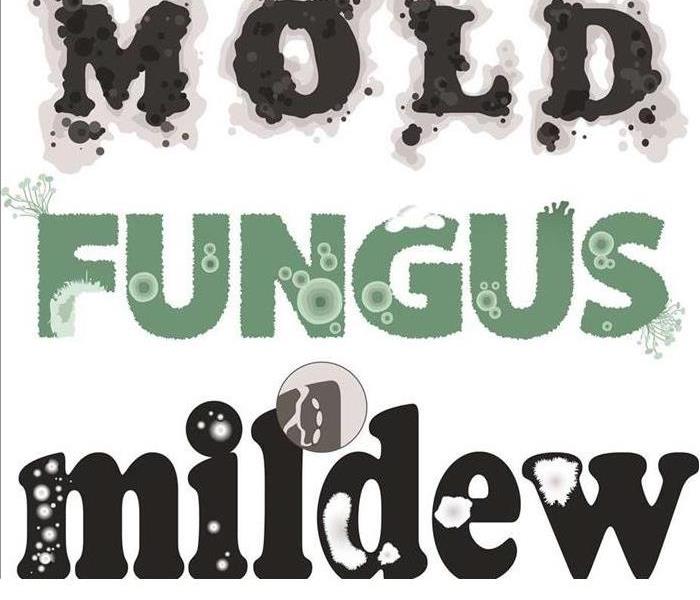Why SERVPRO Can Ease the Stress of Coping with Mold Damage in Hyde Park
5/9/2022 (Permalink)
Hyde Park Property Owners and Mold Remediation
Nearly every homeowner in Hyde Park faces the frustration of mold growth at some time or another. As we retreat inside our homes and prepare for the colder weather and holidays, the last few weeks of the year are not an optimum time to discover the staining, musty odor, and possible structural harm mold can cause. Our research-based understanding of microbial growth and proven methods that can remediate current mold issues and help prevent recurrence are why we are in demand during an outbreak.
Mold Growth Is Not a Sign of Poor Housekeeping
Merely keeping up with the cleaning and maintenance of your home in Hyde Park cannot prevent mold damage. Mold spores share our environment invariably, needing only a bit of water and 24 to 48 hours undisturbed to begin their life cycle. Ironically, vigorous cleaning methods and conventional cleaning and disinfecting products can worsen the situation. Training in microbial growth theory and the Environmental Protection Agency (EPA) mold remediation protocols are why we can abate mold problems effectively.
Look for the Water
The frequent development of mold colonies after a water event is a logical reason why SERVPRO added microbial remediation as a service. We vigilantly inspect for mold growth when we respond to a water emergency. Even without a water crisis like a leak or appliance overflow, millions of spores are probably settled or airborne near you as you read these words. They only become problematic when moisture is available and absorbed. During the late fall and winter, some of the ways mold colonies take hold can rely on tracking in wet leaves, snow, and ice. Holiday decorations might arrive with microbial growth already begun on branches or conifer needles. Keeping festive plants and fresh-cut trees hydrated can also accelerate mold growth with spills from traffic bumps and overwatering.
Diluted Cleaning Solutions or Disinfectant Sprays Can Be Ineffective
A diluted bleach solution is often a homeowner’s go-to when battling mold. Unfortunately, the bleach frequently does not penetrate the organism's deeply embedded “roots’”. The water in the mix ultimately feeds the mold rather than killing it. Broadcast applications of antimicrobials can reduce airborne contamination briefly to make the work area marginally safer but are not enough on their own to remediate mold colony growth and proliferation. These methods fall short, which is why SERVPRO employs the EPA protocol.
Effective Remediation Procedures
Contain the moldy area using heavy-duty plastic to create partitions and negative pressure air scrubbing technology to seal the perimeter.
- Contain the moldy area using heavy-duty plastic to create partitions and negative pressure air scrubbing technology to seal the perimeter.
- Remove the mold from solid surfaces using scrapers and brushes, and try gentle abrasion techniques like soda blasting to clear porous materials of mold and incapacitate the embedded hyphae.
- Clean up the work area with HEPA-filtered vacuums and wipe downs with EPA-registered cleaning solutions
- Apply EPA-registered antimicrobials to inhibit regrowth and consider coating affected building materials with sealants containing antimicrobials to provide a clear surface for refinishing
Adherence to the research-based EPA mold remediation protocol is why SERVPRO of NW & SE Dutchess County can return your home to pre-mold loss condition. Call us at (845) 635-4550 to schedule an evaluation if you have mold damage concerns.






 24/7 Emergency Service
24/7 Emergency Service